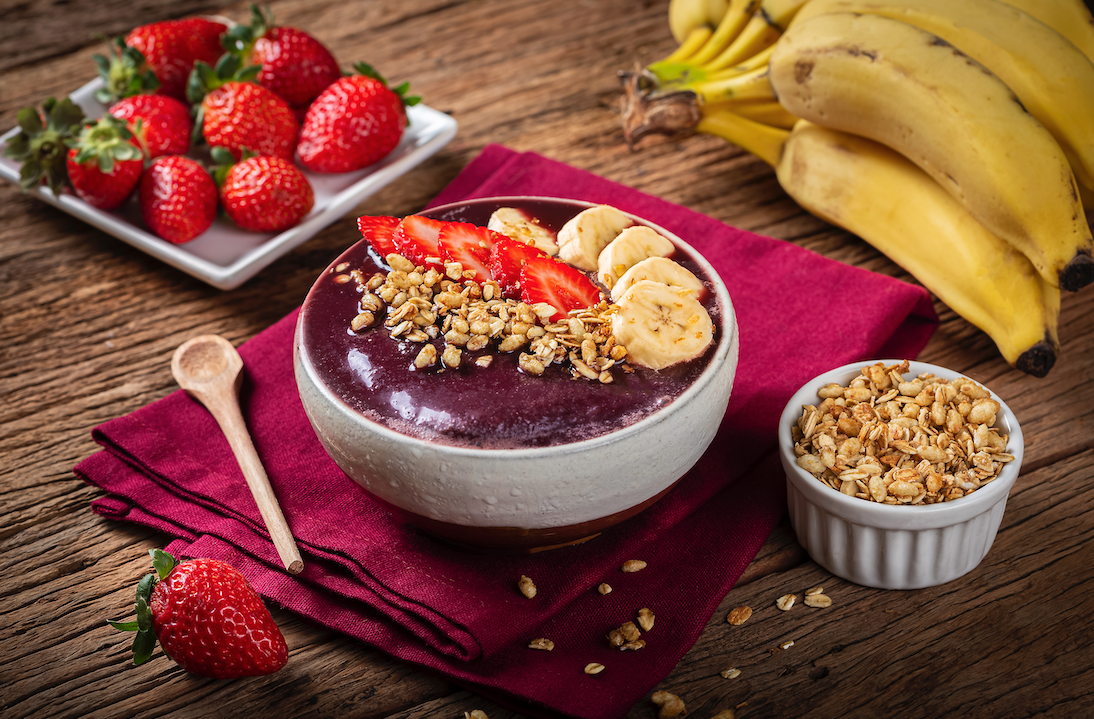
Tea tree oil
Tea Tree Oil originates from Australia and has antibacterial, antifungal, and anti-oxidant properties.
Usage
Antiseptic
Tea tree oil can be used to treat minot cuts.
Boost wound healing
Can be applied to wounds to promote wound healing.
Natural deodorant
It has antibacterial effects that can help with odor.

How to use Tea Tree Oil?
Cream
Cream can be used for wounds to kill bacteria and reduce inflammation.
Homemade mouthwash
Available in liquid extracts, capsules, and powders for digestive and intestinal problems, etc.
Acne treatment
Can be used as an acne treatment.
The indigenous Bundjalung people of eastern Australia are believed to have used tea trees as a traditional medicine for many years.
It’s grown in area of Bungawalbyn, which translates to 'healing ground'.
It originates from Australia.
Tea tree oil is one of the two essential oils that can be applied directly to the skin.
Usage
The tea tree oil is an essential oil isolated from the leaves of the tea tree, Melaleuca alternifolia. It originates from Australia. Tea tree oil is one of the two essential oils that can be applied directly to the skin, while lavender essential oil took first place. It helps in the fight against acne, fungi, skin infections and scalp infections, disinfection, and cleansing of the space and the body.
Composition
Melaleuca alternifolia oil has demonstrated promising efficacy in treating wound infections. Tea tree oil has been used for centuries as a botanical medicine and has only in recent decades surfaced in the scientific literature as a promising adjunctive wound treatment.
Tea tree oil is antimicrobial and anti-inflammatory and has demonstrated its ability to activate monocytes. Numerous tea tree oil body care products are available, including soap, shampoo, toothpaste, lip balm, topical cream, and essential oil.
Research
Some studies found that topical application of at least 5% tea tree oil used for 4–8 weeks improved mild-to-moderate acne vulgaris as well as or better than 5% benzoyl peroxide, 2% topical erythromycin, or placebo for treating the skin. Although results took longer for those who used tea tree oil, the adverse side effects were fewer.
The antibacterial properties of tea tree oil make it an effective wound healer. According to a 2013 study, tea tree oil helps to heal wounds caused by bacteria. Nine of the ten people who used tea tree oil in addition to conventional treatment showed a decrease in healing time compared to conventional treatment alone.
Safety
Experts consider tea tree oil to be safe as a topical treatment, and you can apply it directly to the skin on a daily basis. When applied to the skin in its pure (100% oil) form, tea tree oil seldom causes irritation, but some people develop an allergic rash (contact dermatitis).
Tea tree oil is not safe to take by mouth. It is not recommended for use in the ears, because it may cause damage to the inner ear.
Fun Facts
Captain James Cook named the plant tea tree because he observed the Bundjalung people of eastern Australia use the leaves to prepare a healing tea and it is reported that his men used the leaves first to make a tea and then to brew a type of beer.
-
Kasujja, I. (2021). Critical Evaluation of Melaleuca alternifolia: A Review of the Phytochemical Profile, Pharmacological Attributes and Medicinal Properties in the Botanical, Human and Global Perspectives. Open Journal of Medicinal Chemistry, 11(1), 1-15.
Guddada, K., & Vandana, K. L. (2020). Tea Tree Oil-an overview. Journal of Ayurveda and Holistic Medicine (JAHM), 8(6).



